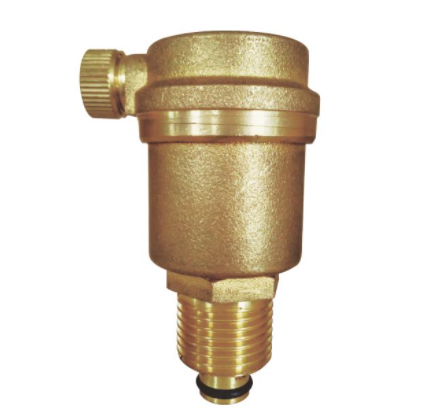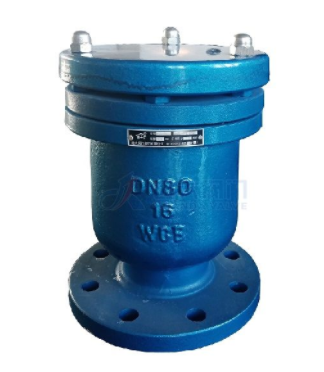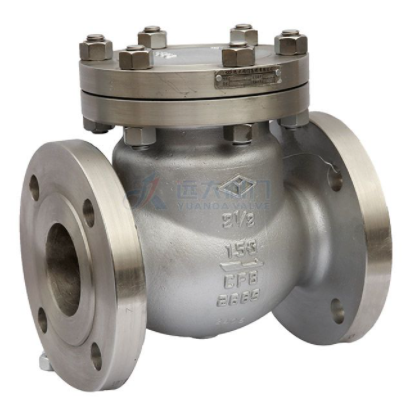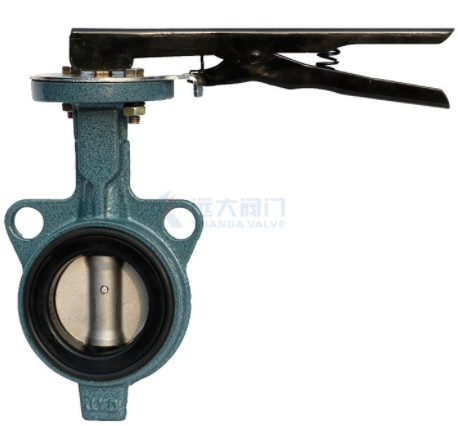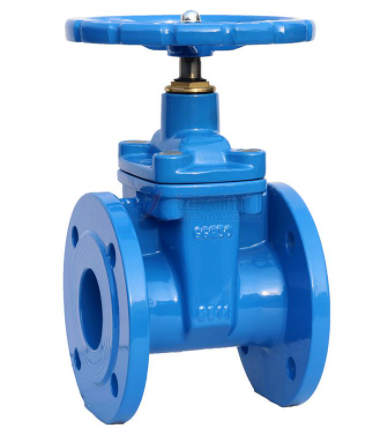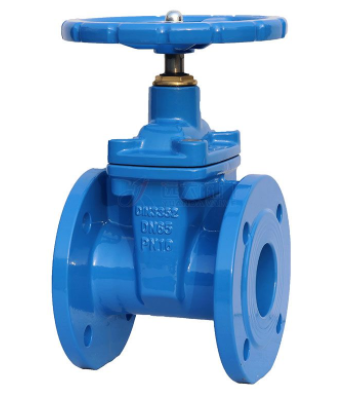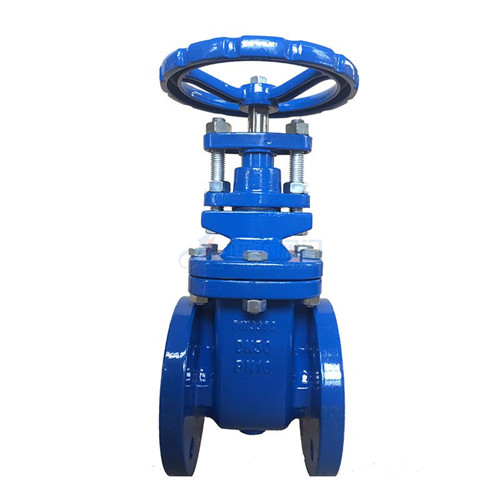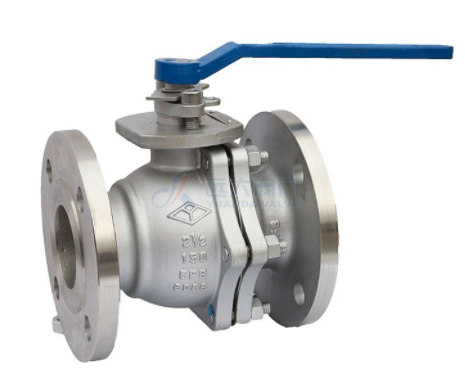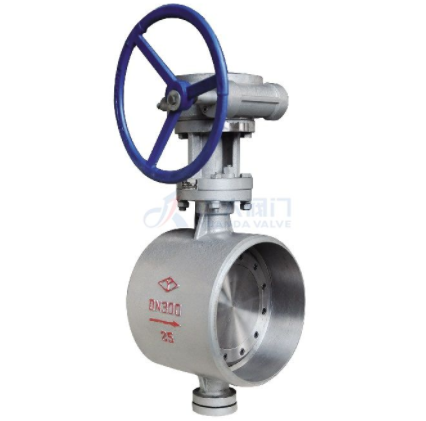Engine valves are small, but they play a huge role in keeping your car running smoothly. If there is an issue with the valves, such as bent or burnt valves, it must be addressed immediately to prevent engine damage.
What are the symptoms of a bad exhaust valve or bad intake valve? How much will it cost to repair bent or burnt valves? Keep reading to learn the answers to these questions and more.
What are intake and exhaust valves?
Intake and exhaust valves are the final component in the valve train system. They are made of hardened metal that must withstand the extreme conditions of the combustion chamber.
Intake and exhaust valves are responsible for controlling the flow of gases through the combustion chamber. Intake valves let air in, whereas exhaust valves let air out.
They are shaped to have a slim stem leading to a flatter face, with the intake valves often being larger than the exhaust. Each valve is designed to only move up and down, not side to side.
When a valve is closed, it sits tightly on the valve seat to stop the flow of air. But when it is open, it separates from the valve seat to allow air to flow through.
In many modern engines, each cylinder has two intake and two exhaust valves per cylinder.
Why are intake and exhaust valves important?
There are four events that must take place in an internal combustion engine to ensure operation. These are called strokes.
The first stroke is the intake stroke. During the intake stroke, an air/fuel mixture is drawn into the combustion chamber by opening of the intake valves (with direct injection engines, the fuel is injected after the air has been drawn in).
The next stroke is the compression stroke. Both the intake and exhaust valves close, trapping the air/fuel mixture in the combustion chamber. The piston is now forced upward compressing the air/fuel mixture causing it to become highly combustible.
The next stroke is the power stroke. The compressed air/fuel mixture is ignited by a spark plug. With the exhaust and intake valves remaining closed, the ignited mixture rapidly expands, forcing the piston back downward in the cylinder. This in turn spins the crankshaft, which then through the power train eventually turns the wheels of the vehicle.
The final stroke is the exhaust stroke. During the exhaust stroke, the piston will begin to head upward again, pushing the expended mixture through the now open exhaust valve. After the exhaust gases have escaped the cylinder, the exhaust valve will close and the intake stroke will occur again.
This entire cycle occurs about 1,250 times per minute when driving at freeway speeds!
What can go wrong with intake and exhaust valves?
Although valves can fail for a number of reasons, the two most common types of failures are burnt valves and bent valves .
Burnt Valve
What causes a burnt valve?
Exhaust valves are more likely to burn than intake valves because they typically run hotter by about 450 degrees Fahrenheit.
What causes exhaust valves to burn? One of the most common burnt valve causes is an ineffective seal between the valve and valve seat. Burnt valves occur when the valve can no longer seal correctly after excessive temperatures have damaged the material of the valve.
When this happens, combustion gases are able to escape. These gases will start to burn the edges of the valve as they are forced through it. If the issue is left unaddressed, combustion gases will continue to burn the valve, causing further damage.
The typical causes of burnt valves are allowing the vehicle to overheat or incorrect fuel being used.
Bent Valve
What causes a bent valve?
Bent valves occur when the piston makes contact with the valves. This causes the valve to be no longer able to seal the cylinder correctly.
Many engines are interference engines, meaning the piston travels upward beyond the lowest point that the valves travel downward during normal operation. The engine is timed by a timing belt or chain via the crankshaft, which drives the pistons, and the camshaft, which drives the valves.
Impact between the two is caused when this timing is disrupted by a form of timing failure. For example, if the timing belt snaps or jumps, the piston could make contact with the valve, which could cause a bent valve.
What are the signs of bent or burnt valves?
Every car owner should know how to spot the signs of bent or burnt valves. Some of the many signs of a bad intake valve or exhaust valve include:
Engine noise
You may also hear a tapping or ticking noise in the engine if your car has a bad intake valve or exhaust valve. The noise may get louder and faster when the vehicle is accelerating.
Poor engine performance
The engine will not have the right amount of compression to operate normally if there is an issue with the intake or exhaust valves. This is why one of the main symptoms of damaged valves is a rough engine operation, especially at idle. The engine will not be as powerful if a valve is damaged, so if your car starts to lose power, this is a sign of a valve problem.
Engine misfire
Bent or burnt valves can also cause your engine to misfire. This means the engine may jerk, stall, or hesitate when your car is in motion. Your vehicle's fuel consumption could also increase if it is misfiring due to a bad valve.
Check engine light
The check engine light can turn on for a number of reasons, including damaged intake and exhaust valves. If your check engine light turns on, this doesn't always mean that the valves are damaged, but it could. You will need to get a mechanic to inspect your vehicle and diagnose the issue.
These are some of the many symptoms of a bad exhaust valve or intake valve. If you spot any of these signs, contact a professional mechanic as soon as possible.
Can you drive a car with a bad intake valve or exhaust valve?
The intake and exhaust valves are important parts of your car's engine. If you suspect a problem with an intake or exhaust valve, you should not drive your vehicle until the issue has been addressed by a mechanic.
Bent or burnt valves could seriously damage your engine if they are not repaired right away. To prevent this damage, it's important to avoid driving your vehicle until the valves have been repaired.
What needs to be done when damaged valves are suspected?
The first step of diagnosis when damaged valves are suspected would be a leak down test. During this test, the engine is rotated until top dead center of the currently tested cylinder is achieved. The intake and exhaust valves will be closed at this time.
Compressed air is injected into the cylinder through the spark plug hole. The ability of the cylinder to hold pressure is then measured using a leak down gauge. If significant leakage is detected coming from either the car's throttle body or exhaust, the valves are leaking.
In some cases, the valves can to be inspected using a borescope inserted into the cylinder. Removal of the valve cover to inspect the valve train may also be required. If all else fails, the cylinder head may need to be removed to check the valves.
Your mechanic will know what to do to diagnose and repair the issue. All you will need to do is tell them what issues you are experiencing with the car. Then, they can complete a thorough inspection, diagnose the problem, and make all necessary repairs.
How much does it cost to repair bent or burnt valves?
Unfortunately, repairing bent or burnt valves is not easy. Valve replacement is a very large job requiring engine tear down. Because this is such a difficult task, the cost for valve repairs can reach above $5,000 in labor alone. This repair can take 35+ hours to complete, after diagnosis.
This estimate does not include the cost of parts, which will increase the total cost of repairs even further.
Sometimes, the valves may simply need to be adjusted rather than replaced. This involves adjusting the space between the valve and the camshaft to keep your engine running smoothly. Engine valve adjustments are much more affordable than engine valve replacements. The price can vary, but adjusting your engine valves will typically cost a few hundred dollars.
Note:
Because the engine is broken down during this repair, many gaskets will be replaced and many other parts will often be removed. If you are having this repair done, it may be a good time to have other needed repairs completed as overlapping labor discounts would likely be applied.
We are an exhaust valves supplier. Please feel free to contact us if you need them!
